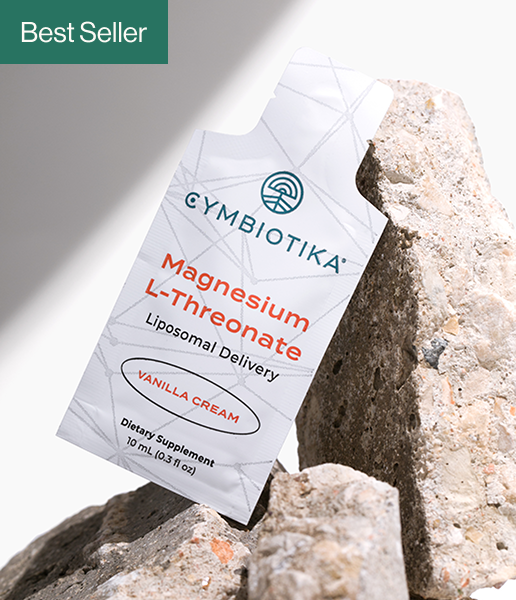
COPPER BISGLYCINATE
“The Egyptians were the first to mention the antimicrobial effects of copper in 2600 BC. They used copper vessels to sanitize drinking water and also to treat chest wounds. In papyrus circa 1500 BC, it was stated that various adaptations of copper were used to treat infections, scalds, and itching (18). In Cyprus, a Greek island, copper was found in large quantities, and therefore, it was used frequently by the ancient Greeks. This is also the basis from which the Latin name for copper, cuprus, was derived. In the Hippocratic Collection, which was partially written by the great Greek physician Hippocrates (460 to 377 BC), it was stated that copper-containing wound dressings were recommended to treat leg ulcers, and infection of fresh wounds was prevented by sprinkling dry copper powder on the wound. In another important first-century medical writing, De Medicina, written by the Roman Aulus Cornelius Celsus, copper is mentioned as an important drug for practicing physicians, namely, to treat venereal diseases and nonhealing chronic ulcers. During the two great European cholera epidemics in the 19th century, copper suppressed a cholera outbreak among workers in the copper industry (4).
Copper is an essential trace element participating in many vital biological processes it is a cofactor for several enzymes (known as “cuproenzymes”) involved in energy production, iron metabolism, neuropeptide activation, connective tissue synthesis, and neurotransmitter synthesis. One abundant cuproenzyme is ceruloplasmin (CP), which plays a role in iron metabolism and carries more than 95% of the total copper in healthy human plasma. Copper is also involved in many physiologic processes, such as angiogenesis; neurohormone homeostasis; and regulation of gene expression, brain development, pigmentation, and immune system functioning. In addition, defense against oxidative damage depends mainly on the copper-containing superoxide dismutase. (1)
Copper Bisglycinate is a chelated mineral supplement that provides an optimally absorbed form of copper. Copper Bisglycinate is bonded to a glycerin substrate, and it absorbs directly into the bloodstream. This kind of copper supplement is guaranteed to absorb even if your gut lining isn’t at its best. Copper Bisglycinate has much higher bioavailability than copper citrate.
“Numerous exciting studies have revealed that copper plays an indispensable role at the microbial pathogen-host axis for entities ranging from pathogenic bacteria to deadly fungal species. Analyses of copper homeostasis in bacteria and fungi extensively demonstrate that copper is utilized by the host immune system as an antimicrobial agent. The expression of copper efflux and detoxification from microbial pathogens is induced to counteract the host’s copper bombardment, which in turn disrupts these machineries, resulting in the attenuation of microbial survival in host tissue.” (2)
“Copper and Immunity
Both clinical investigations and molecular validations have pointed to the critical nature of copper in modulating host immunity. Generally, its contribution to immunity is through two avenues: (1) Participating in the development and differentiation of immune cells and (2) providing anti-fungal properties via either metal sequestration machineries in the host or as bombardment. A study of copper metabolism in cattle revealed that reducing dietary copper impairs the ability of neutrophils to kill Candida albicans [14,15]. A subsequent study in rats found similar results: Respiratory burst and anti-Candida activity were significantly impaired after 1 week on a copper-deficient diet. A recent clinical case study demonstrated that after consuming a copper supplement for 2 months, a patient with neutropenia drastically recovered neutrophil counts, indicating that copper deficiency was a cause of this case of neutropenia and that copper is involved in monocyte progenitor cell differentiation.” (2)
“Copper Homeostasis in Fungi
Fungal pathogens are major common threads across human communities and are causes of disease and death in humans, animals, and global food crops. Collectively, 1.2 billion people are estimated to be infected with fungal pathogens, and these infections result in 1.6 million deaths annually.. Cryptococcus and Candida spp. are important infectious fungal pathogens in mammals. Cryptococcus neoformans is an airborne human pathogen widely distributed globally, and it is a causative agent of lung infections.. As a pulmonary infection progresses, C. neoformans can disseminate into the brain, causing lethal meningitis in both healthy and immunodeficient individuals. Candida albicans is an infectious agent in blood, skin, oral, and gastrointestinal infections. Accumulated evidence strongly suggests that fungal copper regulons are critical for fungal pathogenicity during systemic infection. Disrupting critical copper regulons often results in drastic attenuation of fungal fitness in tissues.” (2)
Copper plays a part in many of your body's organs and systems. Your body needs copper to promote iron absorption, to aid in energy metabolism, to help the immune and nervous systems function properly and to aid in the synthesis of collagen and red blood cells. It is also integral to preventing premature aging. Apart from these, regulated heart rhythm, balanced thyroid glands, reduced symptoms of arthritis, quick wound healing, increased red blood cell formation, and reduced cholesterol are other health benefits of copper. A few others:
Make red blood cells
Keep nerve cells healthy
Support your immune system
Form collagen, a protein that helps make up your bones and tissues
Protect cells from damage
Absorb iron into your body
Turn sugar into energy
Improved health of connective tissues, hair, and eyes
Because copper has a role in these important tasks, it can help keep certain conditions at bay, such as: Anemia (low red blood cell count) Osteoporosis (bone loss, most often found in women)”
It's rare to have a serious lack of copper in your body, but some signs that you may need more of it are:
Anemia
Low body temperature
Broken bones and bone loss
Low white blood cell count
Irregular heartbeat
Pale skin
Thyroid problems.” (7)
FOUND IN THE FOLLOWING PRODUCT(S)
CLINICAL RESEARCH
1. Copper - Health Professional Fact Sheet
2. The Role of Copper Homeostasis at the Host-Pathogen Axis: From Bacteria to Fungi
3. Copper at the Front Line of the Host-Pathogen Battle
4. The Scientific Illusion of Victor Burq (1822–1884) - FullText - European Neurology 2018, Vol. 79, No. 3-4
5. Copper signaling in the brain and beyond
6. Opinion on certain bisglycinates as sources of copper, zinc, calcium, magnesium and glycinate nicotinate as source of chromium i
7. Copper and Your Health
8. Intersection of Iron and Copper Metabolism in the Mammalian Intestine and Liver
9. Copper-Fructose Interactions: A Novel Mechanism in the Pathogenesis of NAFLD










